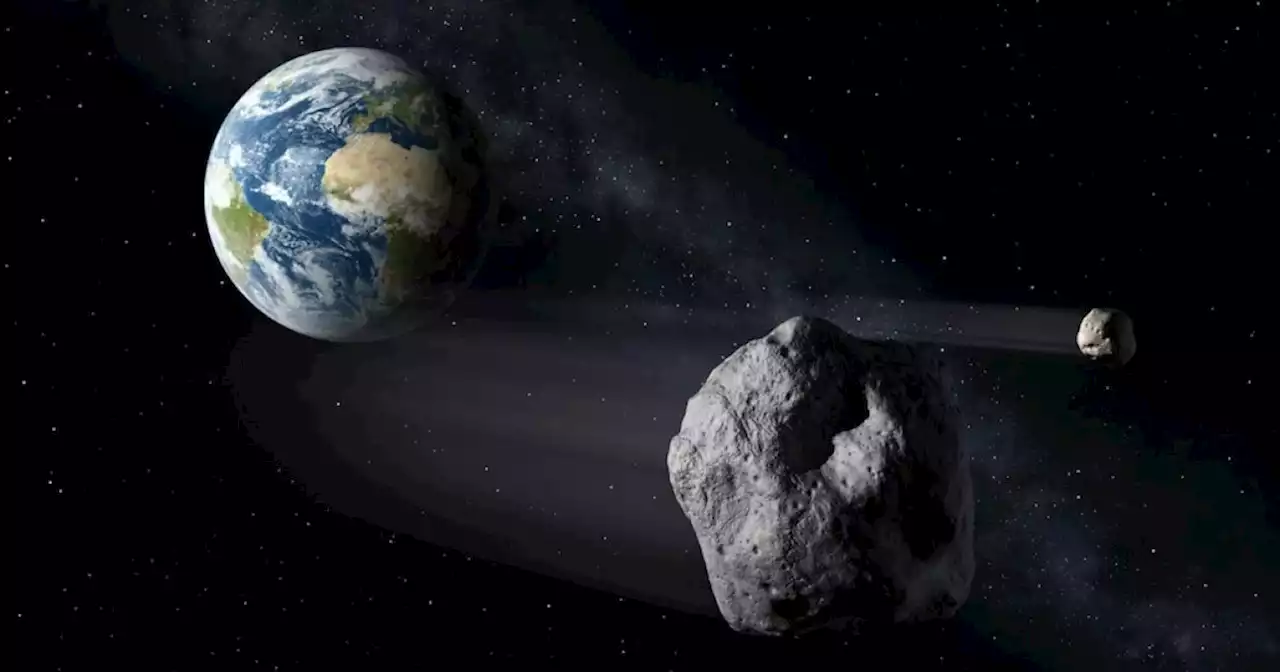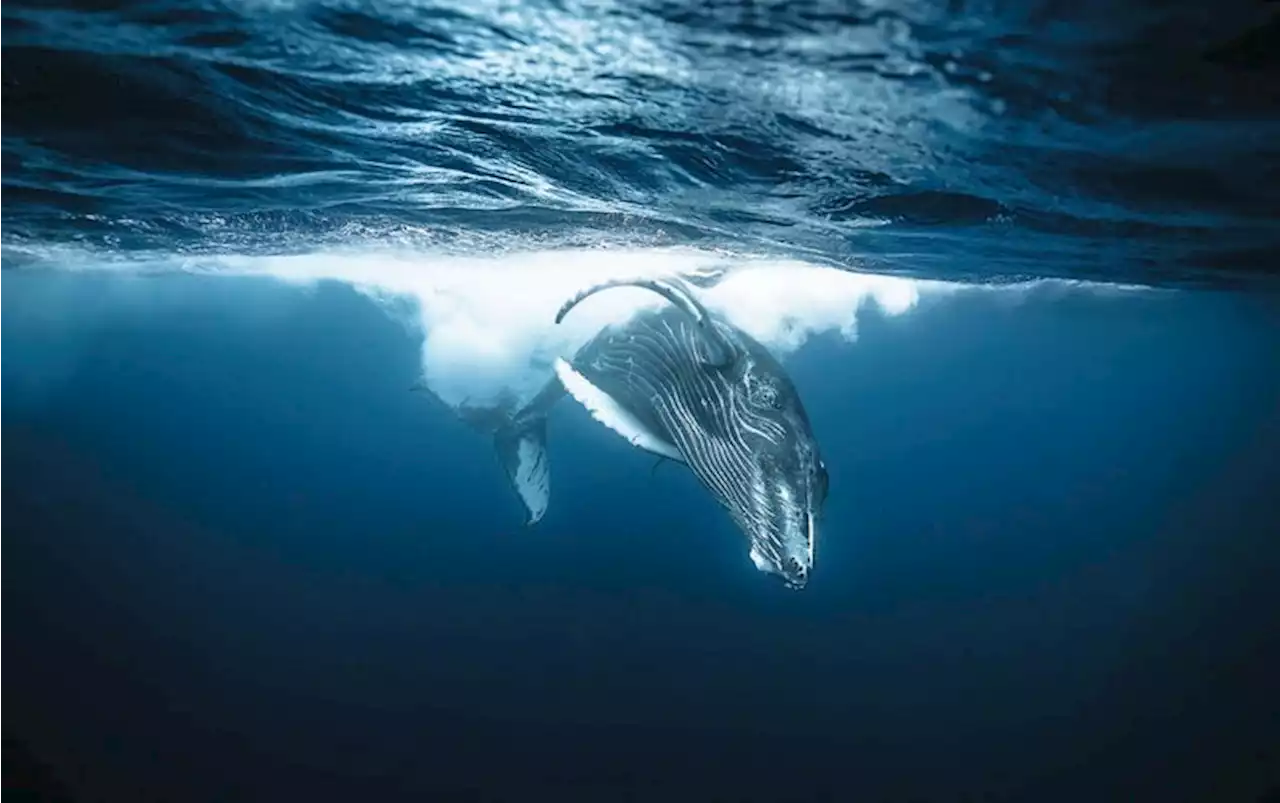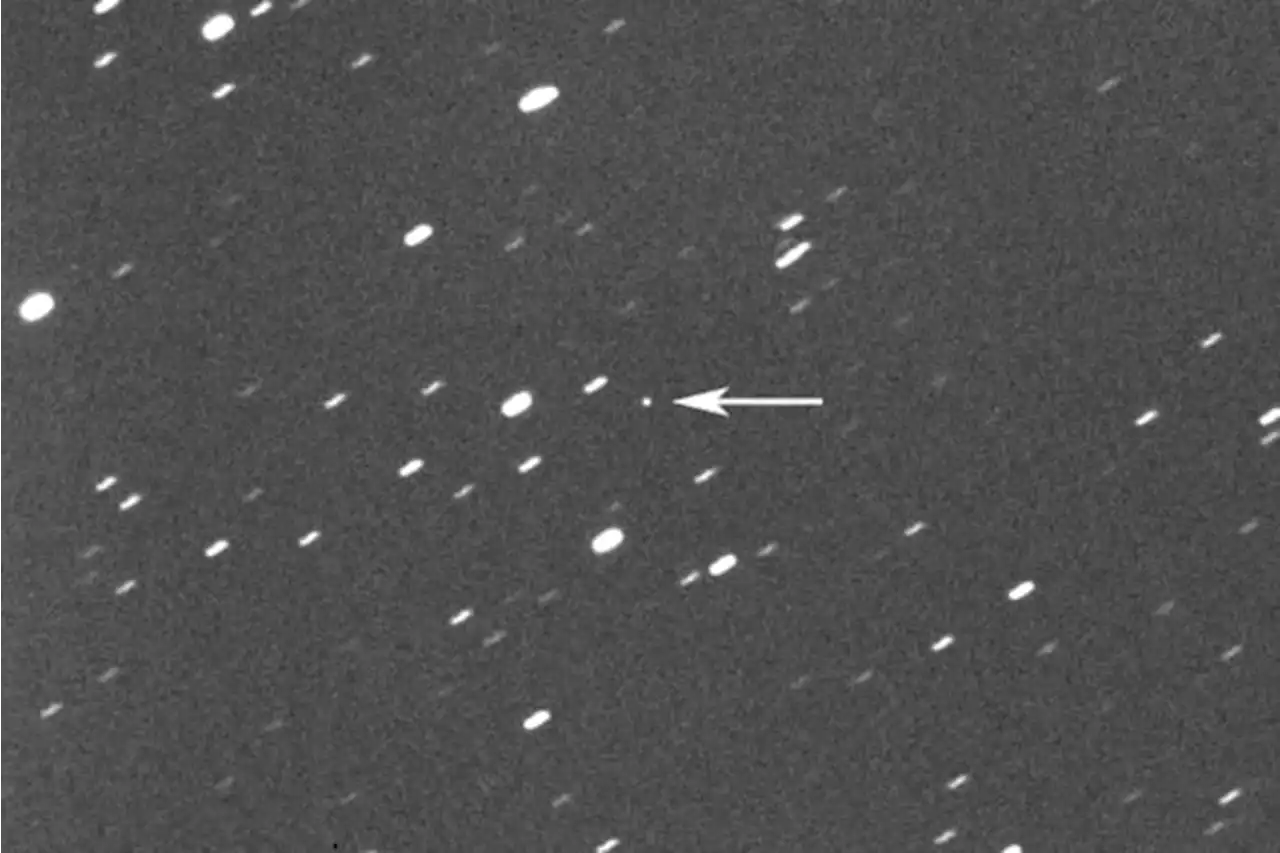An asteroid big enough to wipe out a city will zip harmlessly between Earth and the moon's orbit this weekend, missing both celestial bodies.
This photo provided by Gianluca Masi shows asteroid 2023 DZ2, indicated by arrow at center, about 1.8 million kilometers away from the Earth on March 22, 2023. On Saturday, March 25, 2023, the asteroid, big enough to wipe out a city, will harmlessly zip between Earth and the moon. While asteroid flybys are common, NASA said its rare for one so big to come so close _ about once a decade. Scientists estimate its size somewhere between 140 feet and 310 feet. .
While asteroid flybys are common, NASA said it’s rare for one so big to come so close — about once a decade. Scientists estimate its size somewhere between 130 feet and 300 feet . “There is no chance of this ‘city killer’ striking Earth, but its close approach offers a great opportunity for observations,” the European Space Agency’s planetary defense chief Richard Moissl said in a statement.
South Africa Latest News, South Africa Headlines
Similar News:You can also read news stories similar to this one that we have collected from other news sources.
 A large asteroid is about to zip between Earth and the moon | Digital TrendsA newly discovered asteroid up to 310 feet wide will hurtle between Earth and the moon this weekend at a speed of about 17,000 miles per.
A large asteroid is about to zip between Earth and the moon | Digital TrendsA newly discovered asteroid up to 310 feet wide will hurtle between Earth and the moon this weekend at a speed of about 17,000 miles per.
Read more »
 Large asteroid to safely pass by Earth in once-per-decade momentAn asteroid between 140 and 310 feet in size will safely pass by Earth on Saturday, according to NASA Asteroid Watch. Its a once-per-decade moment.
Large asteroid to safely pass by Earth in once-per-decade momentAn asteroid between 140 and 310 feet in size will safely pass by Earth on Saturday, according to NASA Asteroid Watch. Its a once-per-decade moment.
Read more »
 Large asteroid to fly between Earth and the moon on SaturdayThe space rock's anticipated trajectory places it at about half the distance to the moon, so people with telescopes may be able to see it from Earth.
Large asteroid to fly between Earth and the moon on SaturdayThe space rock's anticipated trajectory places it at about half the distance to the moon, so people with telescopes may be able to see it from Earth.
Read more »
 Large asteroid impacts to Earth more likely than previously thought, study suggestsEarth may be more prone to large asteroid impacts than humanity previously believed. At least, that’s the suggestion made by a new NASA-funded study presented …
Large asteroid impacts to Earth more likely than previously thought, study suggestsEarth may be more prone to large asteroid impacts than humanity previously believed. At least, that’s the suggestion made by a new NASA-funded study presented …
Read more »
 No One Knows How the Biggest Animals on Earth—Baleen Whales—Find Their FoodHow do giant filter-feeding whales find their tiny prey? The answer could be key to saving endangered species
No One Knows How the Biggest Animals on Earth—Baleen Whales—Find Their FoodHow do giant filter-feeding whales find their tiny prey? The answer could be key to saving endangered species
Read more »
 Neutrinos created by CERN Large Hadron Collider detected for the first timeNeutrinos created in the lab are usually low-energy. However, LHC-created ones were high-energy ones, similar to those that come from deep space.
Neutrinos created by CERN Large Hadron Collider detected for the first timeNeutrinos created in the lab are usually low-energy. However, LHC-created ones were high-energy ones, similar to those that come from deep space.
Read more »
